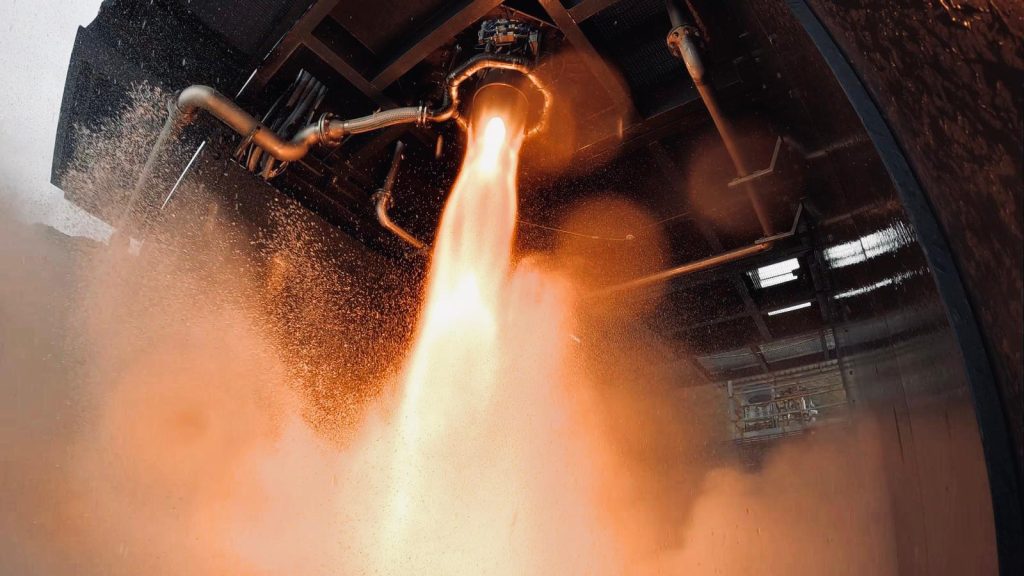ORIGAMI ACTIVITY

Skyrora has created this bookmarking origami activity in honour of learning more about satellites, rockets and history.
The aim of the British space programme is to enable sustainable economic growth, secure new scientific knowledge and provide benefits to everyone. The first official British space programme began in 1952, and in 1959, the first satellite programme was started. During the 1960s and 1970s, a number of efforts were made to develop British launch capability. A British rocket named Black Arrow, R3 did succeed in placing a single British satellite, Prospero, into orbit from a launch site in Australia back in 1971. Prospero remains the only British satellite to be put into orbit using a British vehicle.
The use of rockets to put satellites into space is extremely important, for it is beneficial to humankind as well as our planet for several reasons. For example, satellites are used for Earth observation, monitoring pollution, Earth and space weather observation, food and water security and scientific research. As well as this, Satellites are vital to everyday human life such as allowing you to call your friends and family on your mobile phone, navigational systems and watching television. Without realising it, satellites make our daily lives possible and continue to advance and improve society's wellbeing.
Skyrora has developed this fun activity to demonstrate the basic concepts behind aerodynamics which are namely the fins and nose of the rocket. The fins of the rocket keep it stable enough to fly straight through the air: if a stable rocket is nudged by a crosswind the fins will manoeuvre the rocket back into the direction it was originally flying. Rockets must be aerodynamic to glide through the air with ease. The shape of the nose cone and the fins will be tailored to how fast the given rocket is intended to fly.



